Cate Blanchett was on ABC Classics program, Duet, where she talked about TÁR and read a letter from Gustav Mahler. The film is now showing in cinemas across Australia and other parts of the world. A member of CBF Discord chat translated the interview with Cate with Le Monde which you can read below.
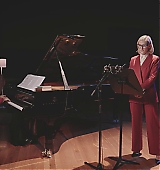
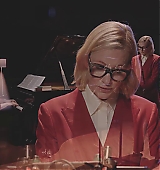
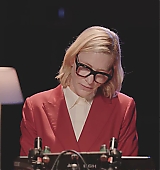
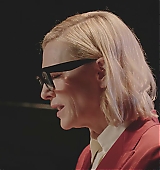
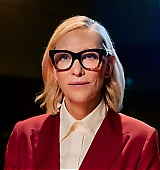

THERE ARE GIFTED PEOPLE AND THERE ARE THE OTHERS. Cate Blanchett is certain that she belongs to the second category, of those who, because they have no particular talent, let alone geniality, must work intensely, laboriously. She does not take offense at this conviction, but faces it with serenity. And, through a mirror effect, she is drawn to gifted people. Because, in her eyes, they are better than her, able to teach her a valuable lesson, and they are also more fragile. This is what strikes her when she reflects on her role of Lydia Tár, the conductor of a great German symphony orchestra, at the height of her career, in the midst of preparation for a highly anticipated performance of Gustav Mahler’s 5th Symphony. In order to play the leading role in Tár, the new film by Todd Field (in theaters since January 25), the Australian actress imagined, as she always does, biographical elements that were not in the original screenplay. Details, visible only to her, which she always writes down on a sheet of paper. As if to materialize her work, since, for Cate Blanchett, acting is writing before anything else.
When we interview her, she also pulls out a sheet of paper to retrace her career, as if that reassures her and bears witness to her intense body of work. A broad smile appears on the face of the star of The Curious Case of Benjamin Button (2008), by David Fincher, and Carol (2015), by Todd Haynes. Like these remarkable roles that she embodied, she built the one she interpreted in front of Todd Field’s camera like a house, with floors and hidden nooks. Of course, the character of Lydia Tár is first and foremost the fruit of the imagination of the American director and screenwriter, but its interpreter polished it, refined it.
In the ecosystem of Hollywood stars, Cate Blanchett occupies the place once passed to Meryl Streep, that of a great actress capable of playing anything. Her career on the big screen, but also on stage – she ran the Sydney Theater Company, alongside her husband, director Andrew Upton – proves it. The many awards obtained over the years – the Oscar for best supporting actress (Aviator, by Martin Scorsese, 2004), and best actress (Blue Jasmine, by Woody Allen, 2013), two Best Actress awards at the Venice Film Festival (I’m Not There, by Todd Haynes, 2007, and Tár), Golden Globes for her performances in Elizabeth (1998), by Shekhar Kapur, I’m Not There, Blue Jasmine and Tár – have come to cement her status as an actress recognized by her peers. With Todd Field’s film, which could earn her a third Oscar in March, Cate Blanchett seems to have taken another step further, as it appears that only a very talented actress could play such a complex character.
“I could tell you that I became an actress because I was destined for it, that everything, or almost everything, led me there,” says Cate Blanchett. But no. Her path might have taken the form of a very elaborate path if she had been one of the gifted people, those who have no choice but to embrace the career for which they are destined, and possess nothing but their talent. She guarantees that, for her, there was “none of all that”: “My parents did not come from the theater world. There is no musician or painter in the family. My father, who was American, worked for the United States Navy, my mother was a high school teacher.”
She grew up in the suburbs of Melbourne, far from any inspiration of engaging in an artistic career. “It wasn’t until college that I was suggested to go to drama school in Sydney.” The scene was then a refuge for those who weren’t comfortable in their own skin, who found themselves too big, not suited to others. “When I turned to the theater, it was for its circus family aspect. So, you see, it all happened in spite of myself rather than by any plan.”
In Cate Blanchett’s mind, Lydia Tár would be the only daughter of deaf parents, “which, therefore, affects the way she communicates with others”. See here one of the invisible additions to the role, an attention to detail that irrigates the entire work and its making. In the film, the conductor changed her first name from Linda to Lydia, and that brings a mysterious sophistication to the character. “A level of refinement,” adds the actress. Furthermore, the heroine of Todd Field’s film suffers from misophonia, an aversion to sounds, which can place her in a state of near-hysteria, Even the blowing of the air-conditioning may disturb her concentration, which explains, without ever making excuses for Tár, her conflicting relationship to others. Like so many musicians, Lydia Tár also has absolute pitch: the ability to associate each sound with a specific note. To prepare for her character, Cate Blanchett spoke with Australian pianist and conductor Simone Young, who told her that this true gift from heaven also has a price. All the noises inaudible to ordinary mortals, such as the sniffing of a dog, are transformed into just as many screeches.
For a long time, asking Cate Blanchett a biographical question was like trying to pull one of her teeth. In an interview, the Australian actress could spend ten minutes explaining to you the differences in intonation between the voice of Katharine Hepburn (whom she played in Aviator) at 40, and at 60, noting that her phrasing was not identical depending on whether she was seated or standing, and whether she had preferred to use, for Martin Scorsese’s film, the way of speaking of a 60-year-old woman. In contrast, a basic, and not necessarily indiscreet, question about her life was brushed aside.
Things have changed. When she tries to imagine the life of the character of a musician who maintains complex relationships with others, Cate Blanchett also falls back on her own story: a father who passed away when she was 10 years old, a mother drowned in work to make ends meet and her position as second in a family of three children, wedged between her older brother and her younger sister. “My mother always wanted to be a jazz singer, so in the evening she would put on a record and we would dance,” explains the star of Tár. Then she adds in the same breath, to darken the picture, because to embellish it would be to lie: “Talking was more difficult.” So her first school was that of silence and one had to live with that: “There are things we should have talked about, even if it was difficult to talk about them. We did not do it. We tried. It’s nobody’s fault. Silence settled in our home.”
Cate Blanchett likes to let her characters speak for her. In 2007, Todd Haynes made her an offer she couldn’t refuse: to be one of six actors – the only woman – to play Bob Dylan in I’m Not There. More precisely, the Dylan of the electric period, in the mid-1960s. The actress had already interpreted intense and difficult roles, for example the role of a Nazi collaborator in Berlin right after the war in The Good German (2006), by Steven Soderbergh, and that of an American tourist in Morocco accidentally injured by two teenagers playing with a sniper rifle, in Babel (2006), by Alejandro Iñárritu, and even Queen Elizabeth in Elizabeth. Having played an Elf in the Lord of the Rings trilogy, she still had to play a man. “I wanted to be Dylan,” she says.
Cate Blanchett knows how to put her immense range of instruments at the service of her projects. She had to rediscover the slender body of the Dylan of the 1960s, with his frizzy hair as if drawn towards the sky, the insolent pout, the extreme awareness of his talent which allowed him to break down everything he had built musically before, and this astonishing androgyny, this sexuality that at the time it was often described as “ambiguous”. Cate Blanchett’s performance is incredible. The Bob Dylan of 1965 appears in all majesty. When she learned that the American singer did not take interest in this singular film or in the work of the six actors, she was not surprised. “Dylan continues on his way”, concludes the actress. “He lives in his world.” The world of the talented artists who seem to have erected a watertight wall between themselves and the others. To create her character as a conductor in Tár, Cate Blanchett observed, from archive images, the rehearsals of the greatest: Arturo Toscanini, Bernard Haitink, Herbert von Karajan, Antonia Brico, Wilhelm Furtwängler. Chairs were stolen, musicians were insulted, careers were destroyed, all in the name of an absolute vision on the interpretation of a symphony, an ideal that had to be served to perfection. “These conductors worked to get the musicians out of their comfort zone. Which produced results, but at what cost? It’s interesting to see how the functioning of German orchestras has evolved since the fall of the Wall. It has become more democratic. At the time of Toscanini or Karajan, it was so much more hierarchical.” As Lydia Tár explains in the opening sequence of the film, interviewed by New Yorker journalist Adam Gopnik, playing himself, in front of an audience of admirers: “Time is the thing. You cannot start without me. I start the clock.” Cate Blanchett then waves her hand to the attention of the public, to show them her power: “Sometimes, my hand stops. Which means time stops.” In one moment, the talent of this conductor who has reached the top, is revealed at the same time as the ruthlessness which is on the verge of coming out into the open.
In the eyes of Cate Blanchett, there was no doubt that this desired transcendence, this need for domination could only be both admirable and awful. “How far can one go when looking for excellence?”, asks the actress. “What is possible to tolerate in the name of this person’s talent? For a long time, everything was forgiven or was swept under the rug: controversial opinions, her dishonesty, the mistreatment of her assistants, the influence under which several of her musicians find themselves, her broken relationship with her mistress, her indifference to others when they are no longer of any use to her.” And furthermore: “It is as if the extraordinary personality of this immense artist had taken precedence over the music in the service of which she should still be.”
When she speaks, Cate Blanchett continues to take notes, to find the right word or to not let slip an idea. Suddenly, a key element about the character comes back to her: “I was going to forget one thing. This woman is about to turn 50.” A psychological milestone that the 53-year-old actress has already crossed herself. “Am I at the end of my career or in the middle of my career?” she asks herself, before continuing: “You will answer me: ‘In the middle of your career’, because you are well-mannered. But, at my age, for an actress, in the cinema, one speaks more easily of the end of a career. It’s not absurd to do. Look, in the last few years I had to put my family first, and the Sydney Theatre Company, which I ran with my husband, Andrew Upton. Tár talks about the time you have left. And time, I don’t have that much left.”
When she was younger, Cate Blanchett had the privilege of seeing Mikhail Baryshnikov at an already advanced age on stage. The Russian dancer exiled in the United States was no longer in full possession of his physical capabilities. However, his experience and mastery allowed him to perform movements that were impossible for him before. “I think the most magical moment on stage is when a dancer jumps. One doesn’t know if he will rise up or if he is going to fall, it’s a moment of suspension. I’m truly looking for that feeling, that moment when, although it’s impossible, you feel like you’re flying.” The profession of dancer, in her eyes, goes beyond that of actor. “If I had to do it all over again, I would look more towards dance and Sylvie Guillem or Martha Graham. With them, language is reduced to a gesture, you no longer intellectualize things.” The Australian actress remembers Mikhail Baryshnikov wearing a black turtleneck on stage. Although he no longer produced the miraculous leaps he once did, his black turtleneck allowed his wrists, neck and face to catch the light, and he was able to play with the joints of his fingers with such virtuosity that he gave the impression of still jumping as high as before. Cate Blanchett therefore lives for this “Baryshnikov moment”, this period of life when experience allows not only to hide the throes of aging, but also to realize what was impossible to accomplish at a younger age. “In Tár, my character gives a master class at the New York music academy Juilliard. She says to a student conductor: ‘You haven’t earned the right to abstraction yet.’ It’s like poetry, haikus take on more meaning if you’ve written much longer poems before. That’s what I love about Tár, it’s a role I can play now that I’m old enough. A younger actor might have said no.”
With age, the actress has created new routines, like walking. In her mansion in Kent, in the south-east of England, she regularly takes dogs and children on board: “How about we go walking today?” Andrew Upton, her husband, is asked to follow along. The walk generally extends over about fifteen kilometers and the director always tries to shorten it. But everyone takes the necessary time. While it is unthinkable to compromise on the length of the path, it is possible to negotiate the route.
Not far from the couple’s house is the former home of Charles Darwin. It was on a seaside path that the scientist developed his famous theory of evolution which fascinates Andrew Upton. “To give you an idea”, Cate Blanchett adds, “Darwin walked as many kilometers within this perimeter as he travelled the globe.” Before setting foot for the first time on this “thinking path”, as the scientist called it, the actress and her husband said to themselves that it must be very long, since the thinker paced it every day without ever getting bored. But it is actually a tiny path. “It looks like the garden of a suburban house”, continues the actress. “Was that it, his daily walk? It is however in this very small perimeter that Darwin built the scaffolding for his research. I think back to this principle of Buddhist philosophy: to truly dig deep into an idea, you don’t have to go very far. Great musicians, for example, perform the same piece at regular intervals throughout their career, because they always find a new dimension in it.” This approach now occupies a good part of the actress’ thoughts: “And if I too dug into the same idea, but always deeper? What if, at the end of this quest, another idea popped up? And, at the end of this idea, the prospect of being mid-career?” And therefore, to still be able to do so many roles, so many films. After all, Cate Blanchett is only 53 years old.


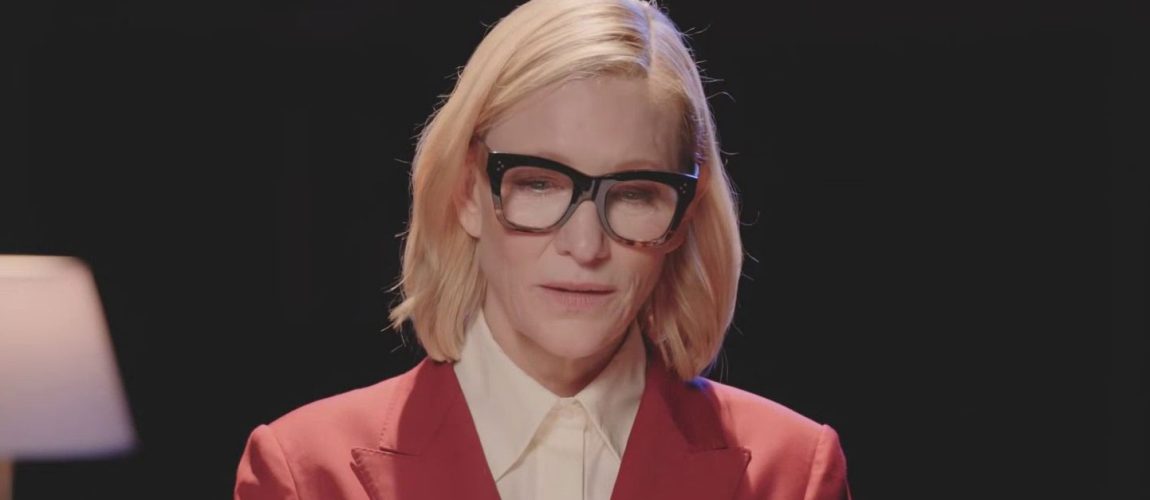

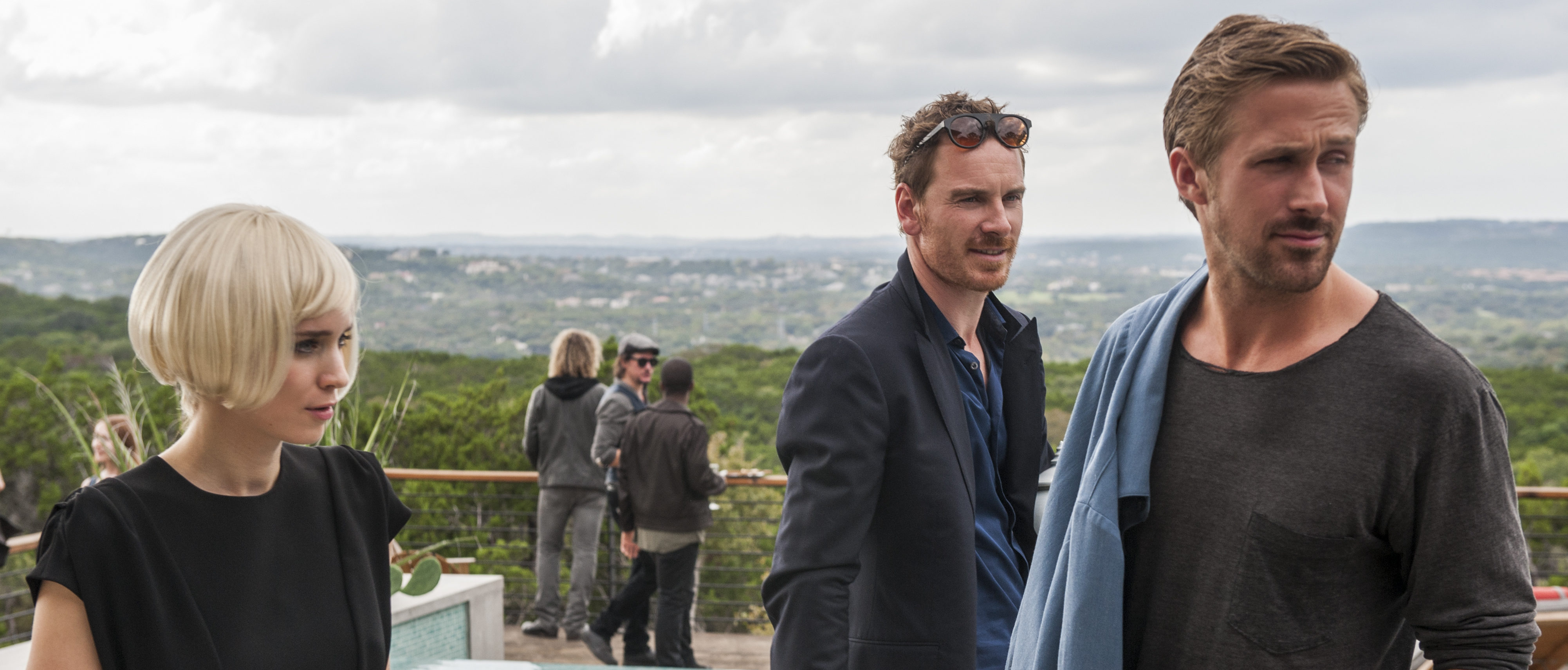
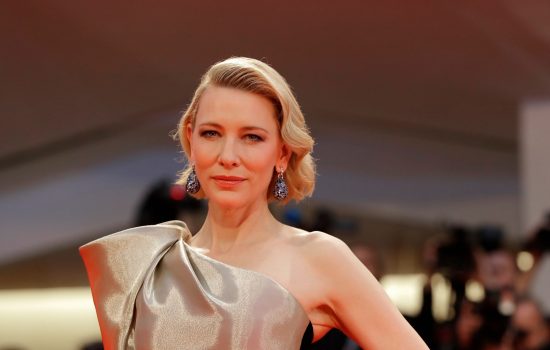

 A Manual for Cleaning Women (202?)
A Manual for Cleaning Women (202?)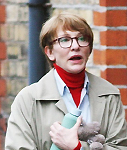 Father Mother Brother Sister (2025)
Father Mother Brother Sister (2025)  Black Bag (2025)
Black Bag (2025)  The Seagull (2025)
The Seagull (2025)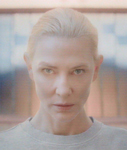 Bozo Over Roses (2025)
Bozo Over Roses (2025)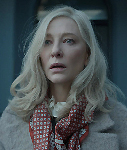 Disclaimer (2024)
Disclaimer (2024) 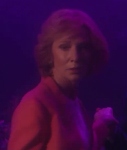 Rumours (2024)
Rumours (2024) 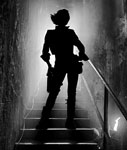 Borderlands (2024)
Borderlands (2024)  The New Boy (2023)
The New Boy (2023) 












Listening to Cate Blanchett is always exciting and so interesting, and I love her voice.
She can be so moving when she is moved herself.
My favourite films were Carol and Notes on a scandal, but I now also love her in Tar, which I have seen three times, because it’s a very rich film, with so many details, and Cate is truly stunning in it.
I keep my fingers crossed for March 12th.
All yours.